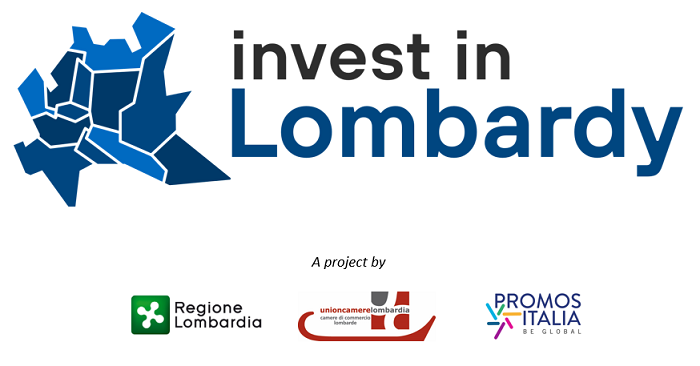The 2015 Italian Stability Law – Law no. 190 dated 23.12.2014 established the “Patent Box”: a special optional tax regime for income deriving from some types of intangible assets. The regulation was expanded with Article 5 of Italian Decree Law no. 3 of 2015 (“DL Investment Compact”).
The aforementioned optional regime was introduced to make the Italian market more attractive for long-term domestic and foreign investments. With the Patent Box tool, Italy has aligned itself with what was already provided for in other European countries in which a special tax regime was introduced for income deriving from the use of intangible assets. The Italian Patent Box is based upon the “Nexus Approach” provided for by the OECD, contained in the document “Countering Harmful Tax Practices More Effectively, Taking into Account Transparency and Substance” (Action no. 5 – 2014 Deliverable).
The “Patent Box” regime
Owners of business income, in order to access this regime, must exercise, directly or indirectly, Research and Development activities aimed at producing specific intangible assets.
This regime is applicable to both Italian and foreign owners of business income. Foreign taxpayers can only access this regime if their business is performed in Italy by way of a permanent establishment and if they reside in countries with which an agreement against double taxation is in force and with which an effective exchange of information is in place.
The regime is accessed by exercising a special, irrevocable option lasting for five years and it enters into force commencing from the 2015 tax period.
The Patent Box grants partial exclusion from the income tax taxable base as well as from the production value for IRAP (Regional Income Tax) purposes deriving from certain intangible assets.
That regime is introduced gradually, with the exclusion percentage amounting to 30% and 40%, respectively, for the tax periods 2015 and 2016; when fully introduced, however – by the financial year 2017 – the exclusion percentage will amount to 50%.
Type of intangible assets and income subject to the benefit
The intangible assets to which the benefit applies are intellectual property, industrial patents, trademarks (including designs and models), as well as processes, formulae and information relating to experiences acquired in the industrial, commercial or scientific field, that are legally protectable.
The income that may benefit from the exclusion granted by the Patent Box includes:
- royalties received in relation to use of the intangible assets;
- income deriving from use of intangible assets used for the production of goods or the performance of services;
- capital gains deriving from their sale, fully exempted provided that at least
90% of the respective fee is re-invested in other similar fixed assets.
Advance Agreement: Advance Pricing Agreement (“APA”)
Access to that regime is subject to an advance agreement with the Revenues Agency (“APA”) in the case of direct use of intangible assets. The APA procedure is aimed at determining the part share of taxable income attributable to the use of intellectual property.
The APA will be optional in the case of intergroup royalties and as regards the inter-company transfer of intangible assets.
The APA is not required where the income subject to the benefit derives from third parties, meaning where third parties pay fees against the granting on use of the developed intangible assets subject to the benefit.
“Nexus Approach” and changes in the formula of admissible costs
Based upon the content of the OECD’s Action 5, there must be a link between the benefit and the performance of the research and development activity by the taxpayer.
In particular, the income subject to the benefit must be determined based upon the ratio between the charges and overall costs incurred for developing the fixed assets.
The Stability Law defined, as admissible costs, R&D activity costs relating to the intangible asset incurred by the taxpayer or purchased by third parties.
In addition, DL Investment Compact provided for that the numerator of the ratio illustrated above may be supplemented, within the limit of 30% of the costs of research and development activities performed by the company itself or via external entities not belonging to the group, by costs incurred for the purchase of the intangible asset or research contracts, relating to that same asset, entered into with group companies.
Finally, it is worth noting that the benefits introduced by the Patent Box do not prevent access to other benefit regimes in force in Italy (such as, for example, the ACE or access to business credit for Research and Development activities).
Written by Adelio Bollini – Argento Bollini Ravera & Partners


